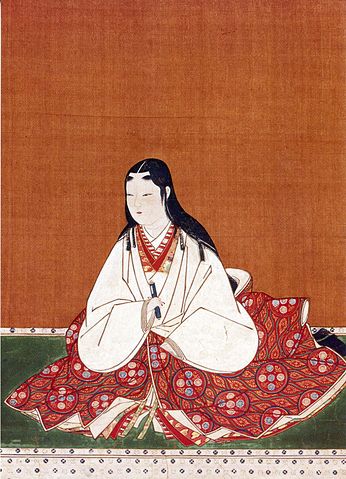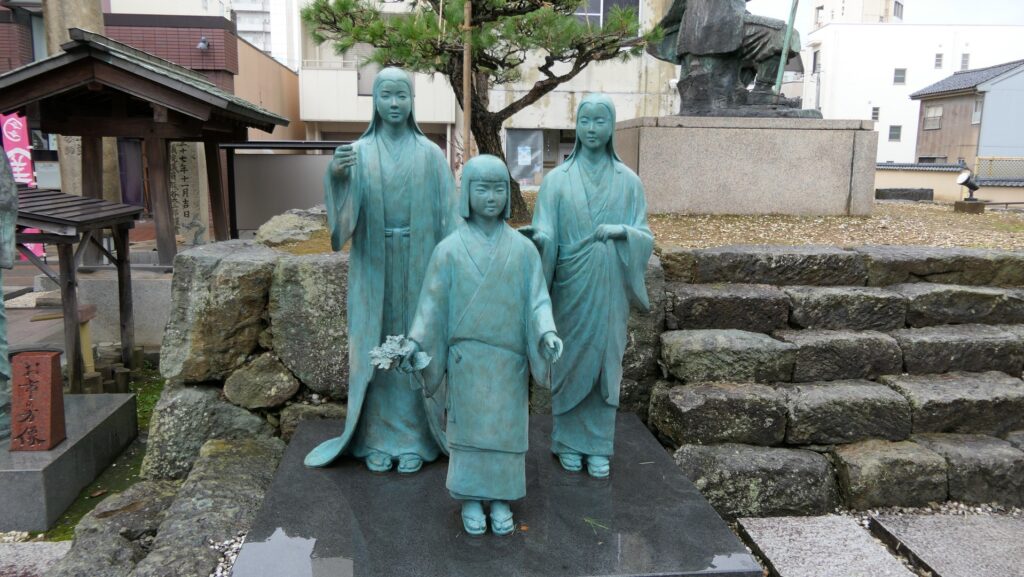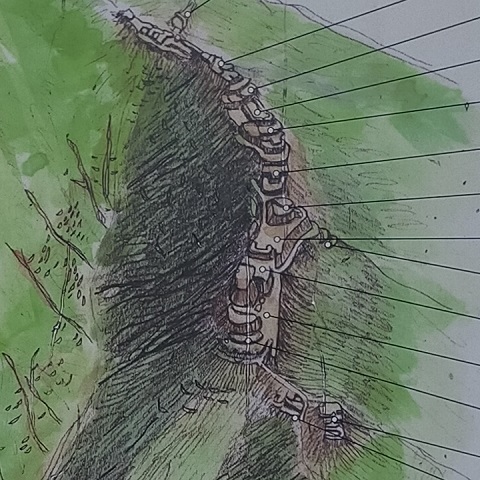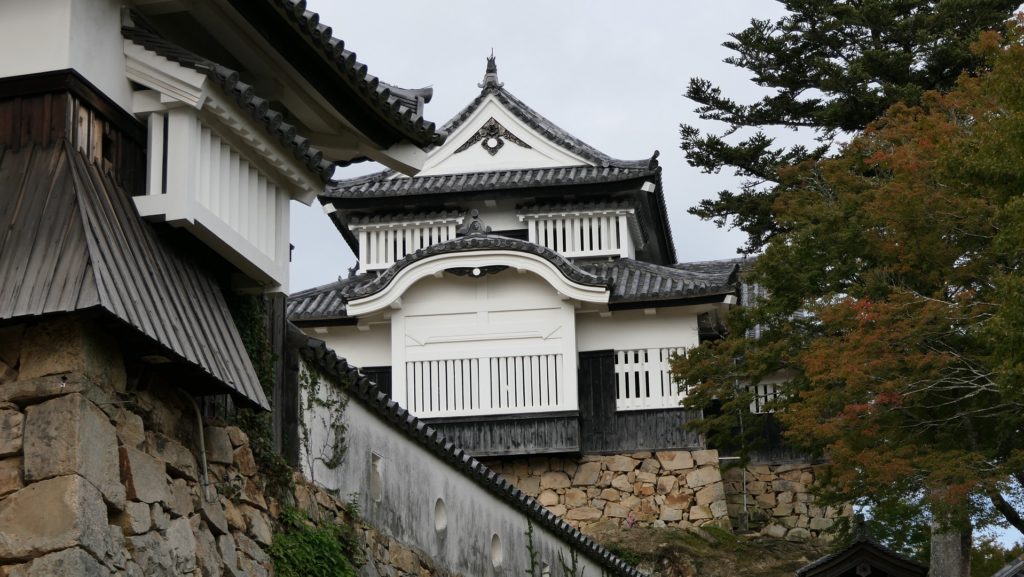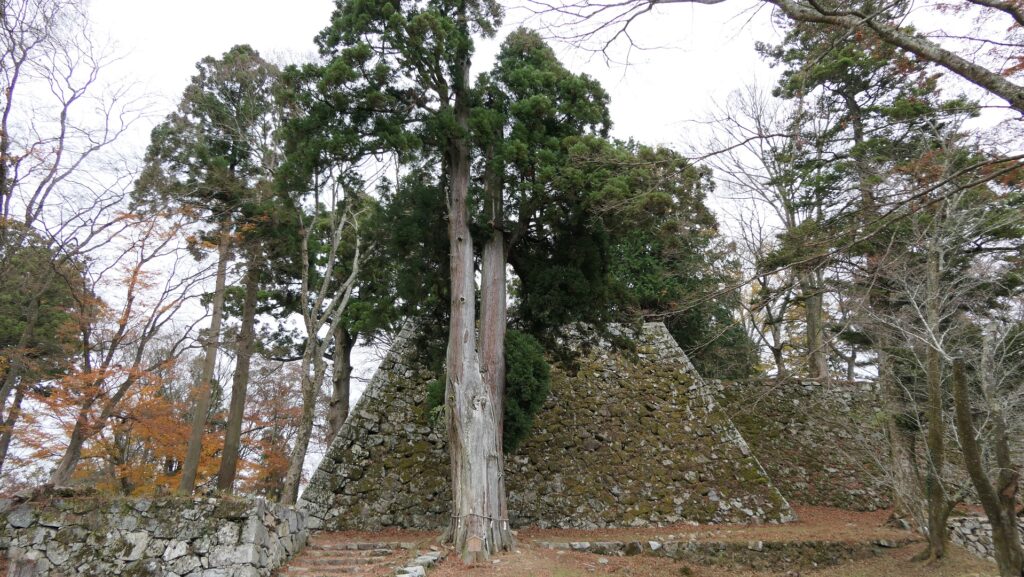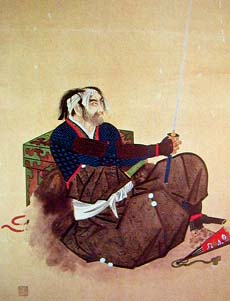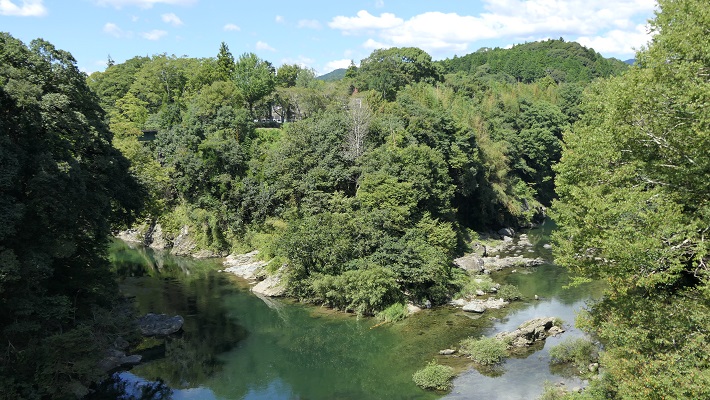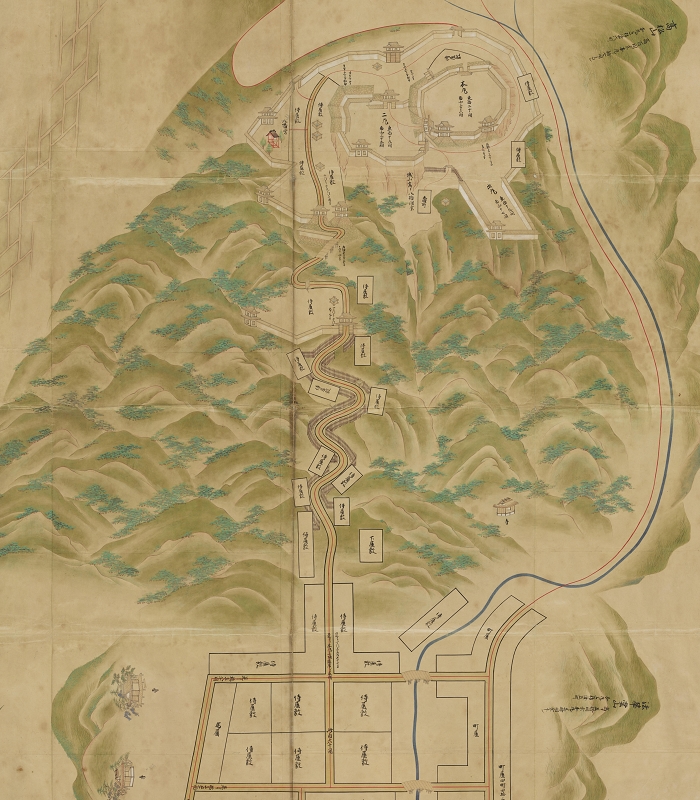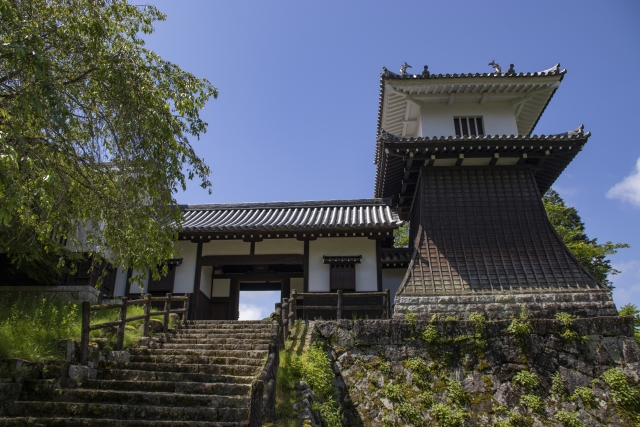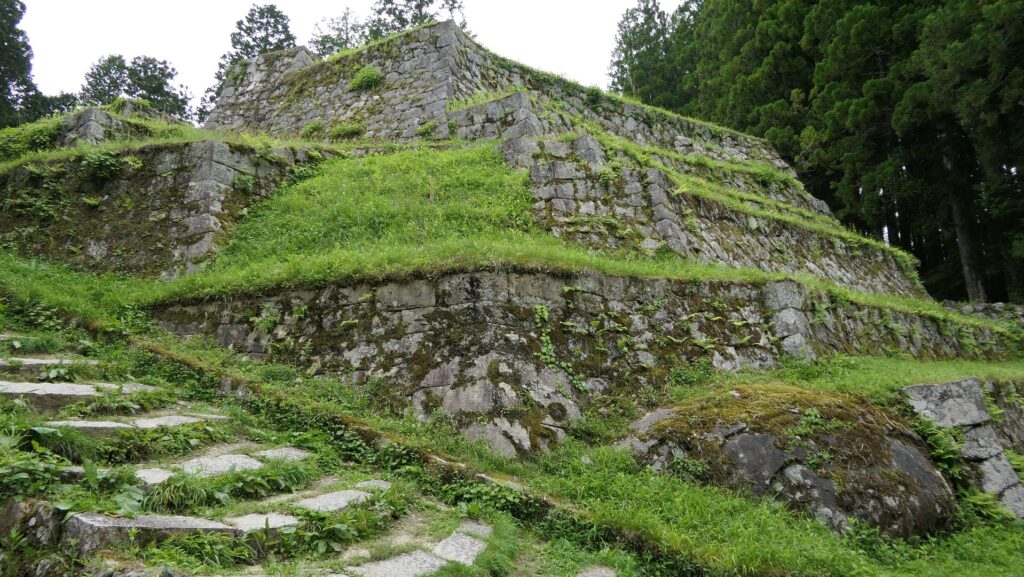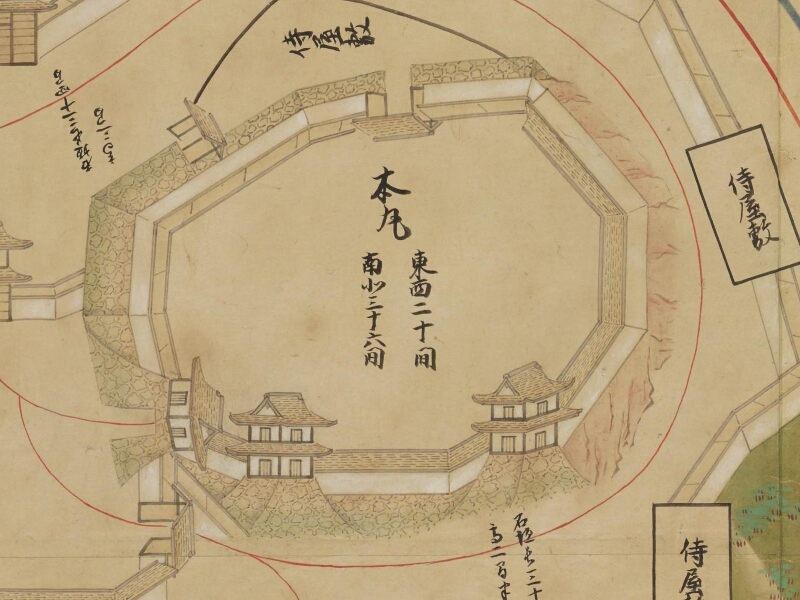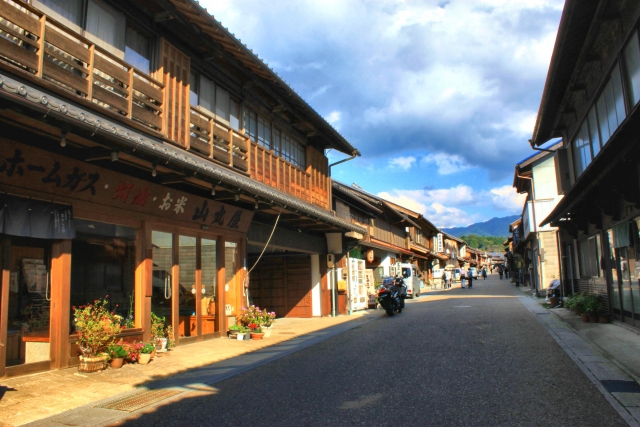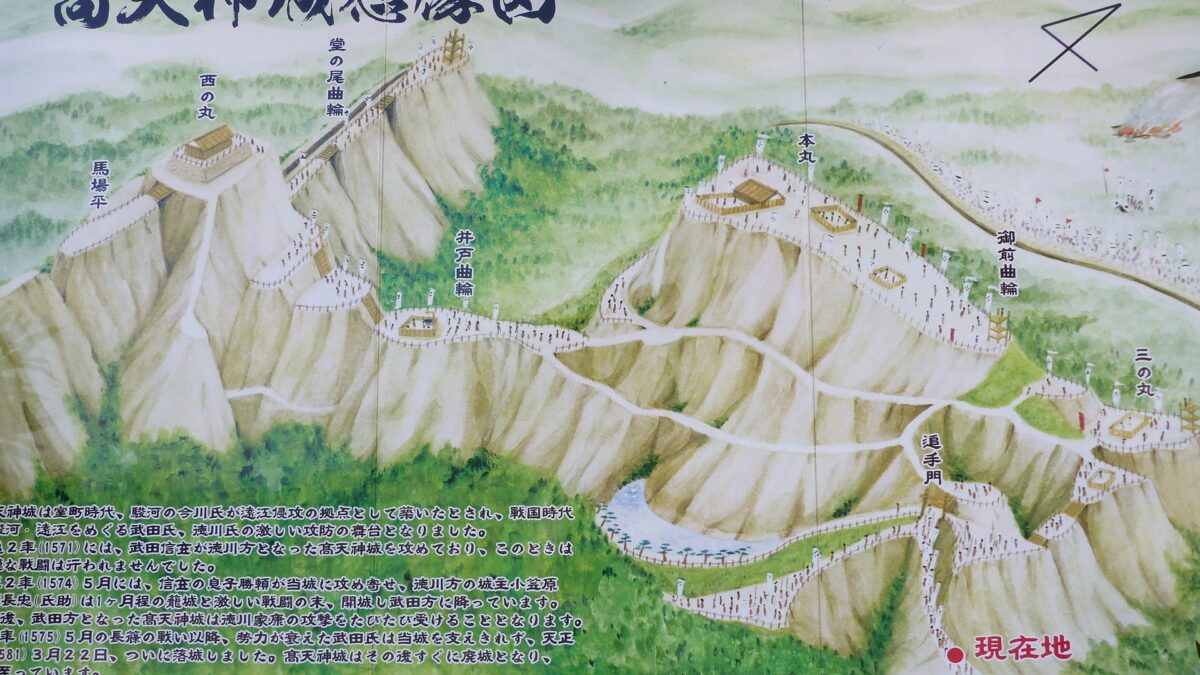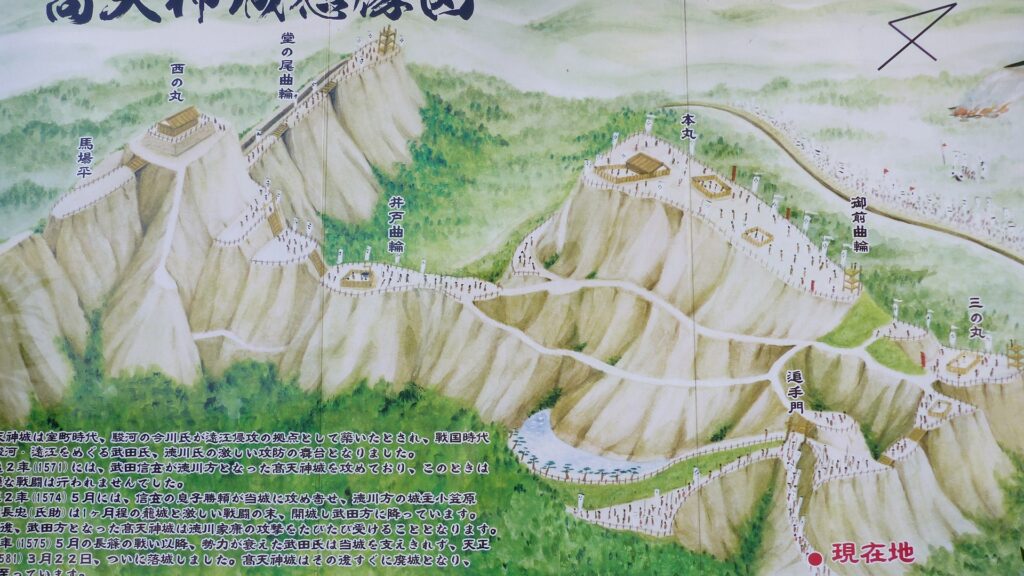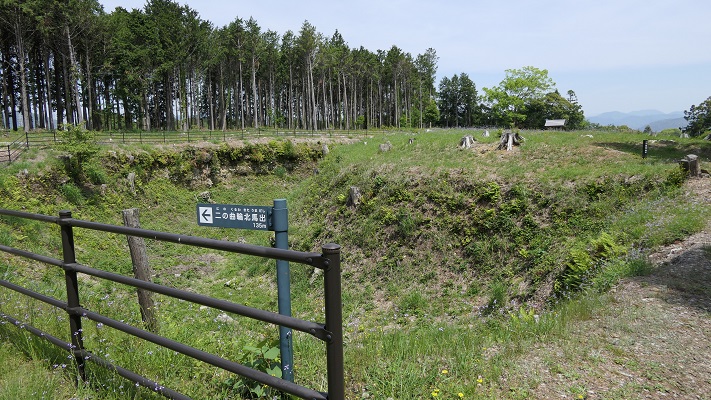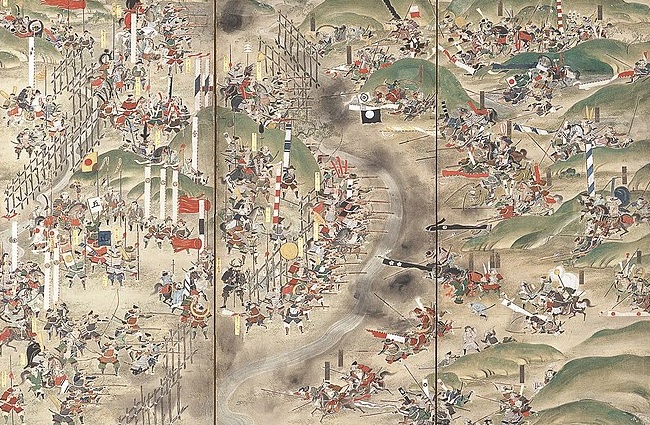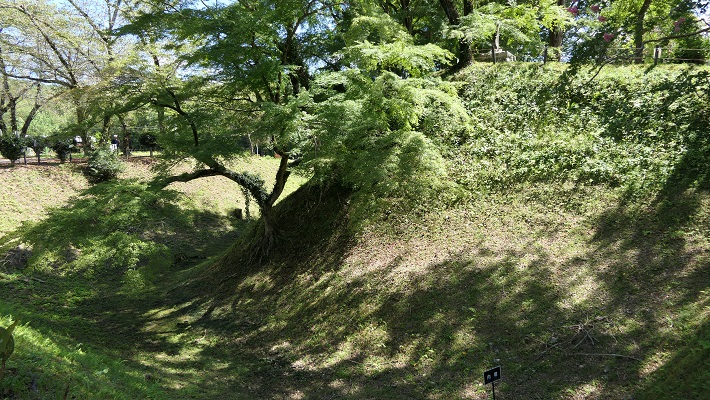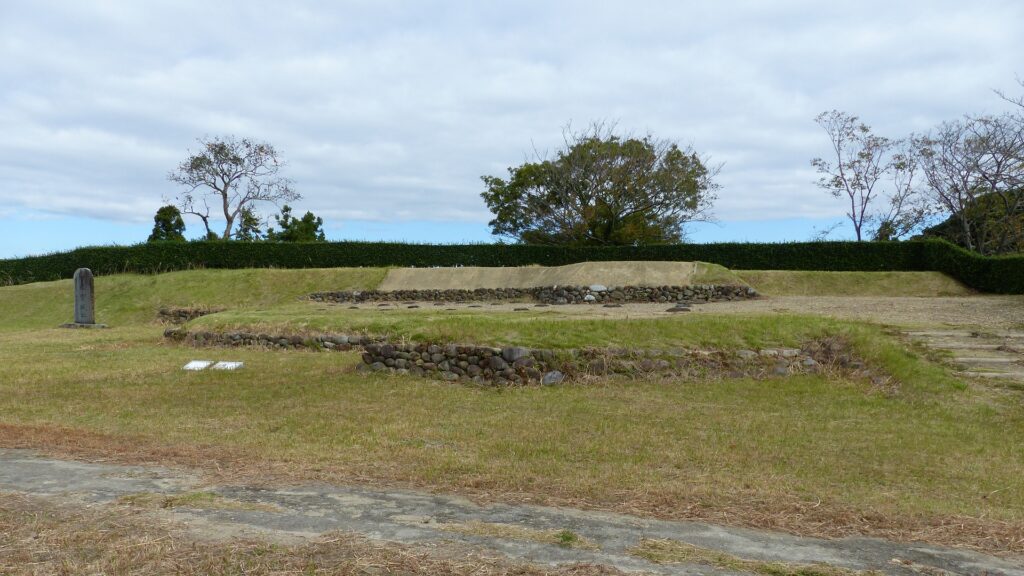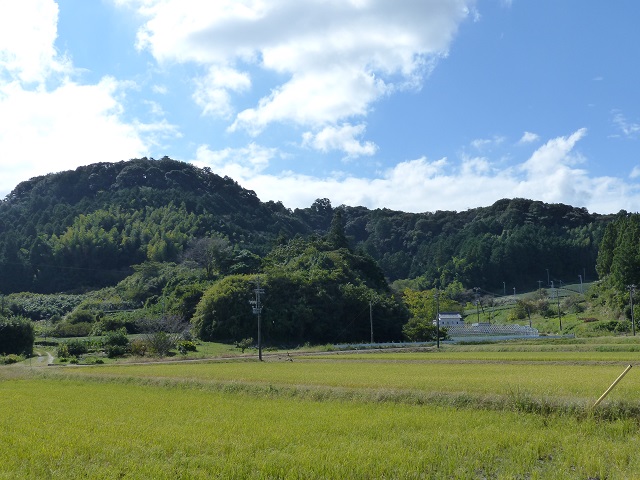Location and History
Azai Clan built Castle as their Home Base
Odani Castle was a large mountain castle located in the northern part of Omi Province, which is now Shiga Prefecture. A local warlord of the Azai Clan, built the castle around 1520’s during the Sengoku Period. However, the clan was unfortunately defeated at this castle in 1573. As a result, the castle has been known to many people for Azai’s tragedy.
The range of Omi Province and the location of the castleOmi Provence had been a very important location connecting western and eastern Japan. The Shoguns and rulers wanted to own or take control over this province. That’s why Nobunaga Oda made an alliance with Nagamasa Azai who was the lord of the clan by getting his sister Oichi married with Nagamasa before he went to Kyoto in 1568. However, Nagamasa rebelled against Nobunaga in 1570 when Nobunaga attacked the Asakura Clan which was another ally of the Azai Clan. The long battle between Nobunaga and Nagamasa had started.

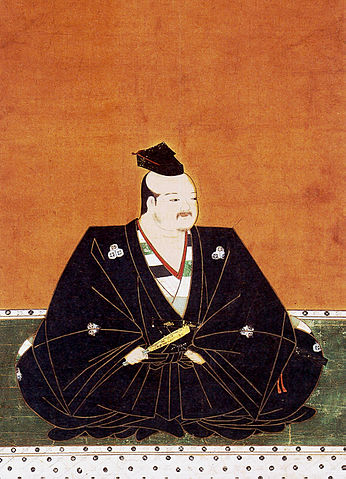
Castle is improved to fight against Nobunaga Oda
Odani Castle was built on a ridge of Odaniyama-Mountain (at 495m). It had many enclosures with halls which were surrounded by stone walls. It is thought that they were for living and showing authority to people rather than for battles at its first stage. This was because the lord of the castle sometimes escaped from the castle when it was attacked. However, in order to fight against Nobunaga, the castle was improved as a strong fortress with the help of the Asakura Clan. The castle also had many branch castles such as Ozuku Castle on the top of the mountain to protect the back side of Odani Castle.
The relief map around the castleNagamasa and the Asakura Clan fought against Nobunaga on a field in the Battle of Anegawa in 1570 but were beaten. Then, he decided to stay in Odani Castle waiting for his allies, the anti-Nobunaga Network beating Nobunaga. Nobunaga gave up making an aggressive attack on the castle, instead, he took actions to make it isolated bit by bit. His retainer such as Hideyoshi Hashiba persuaded some of Nagamasa’s retainers to support Nobunaga. That resulted in some branch castles of Odani Castle belonging to Nobunaga’s side without battles.

Castle is isolated after long battle, then falls
Nobunaga also built a new battle castle called Toragoze-yama Castle as his stronghold in front of Odani Castle. This made Nobunaga get supplies easier, while making it much more difficult for Nagamasa. In 1573, Nobunaga drove the Asakura Clan away from the most important branch, Ozuku Castle which they had held and captured it. Moreover, Nobunaga chased the clan down to their home base, Ichijodani Castle, and defeated them. As a result, Odani Castle was completely isolated.
The relief map around the castle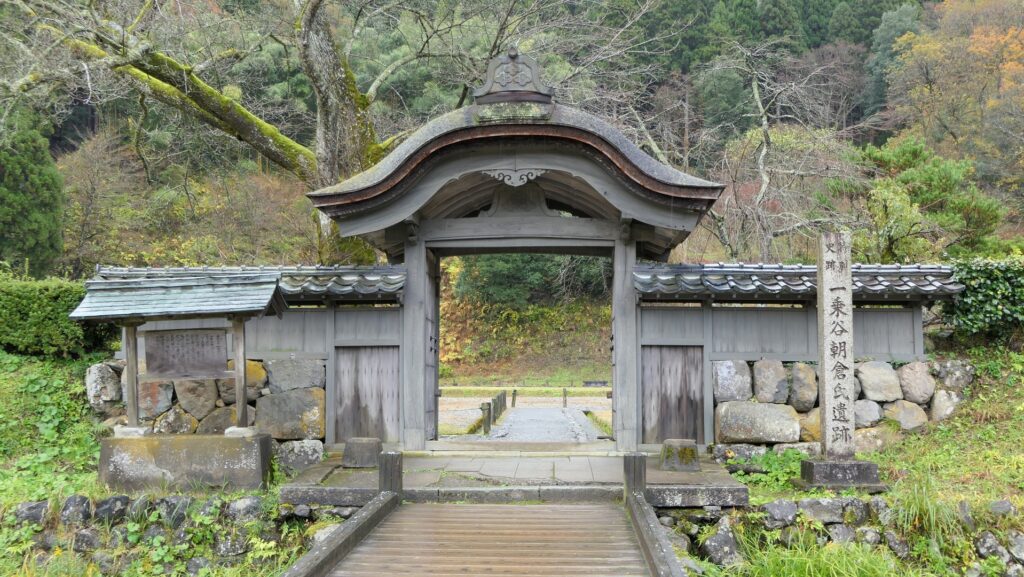
In the castle on the ridge, Nagamasa was at the Main Enclosure in the lower part and his father, Hisamasa was at the Komaru Enclosure in the upper part. Nobunaga’s retainer, Hideyoshi Hashiba rushed up from the foot to the Kyogoku-maru Enclosure in the middle part and captured it on Aug 27th. That meant the castle and the Azai Family were divided. Hisamasa fell into crisis and killed himself performing Hara-kiri on the same day. Nagamasa held on for a few more days, but finally killed himself in the same way as his father, and the castle fell on Sep 1st.
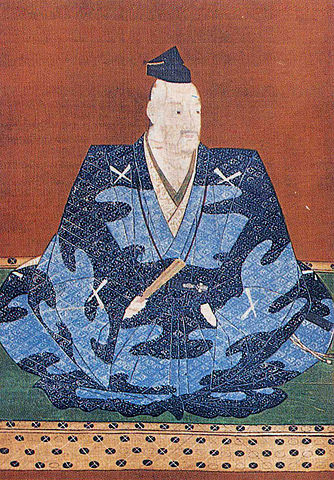

Fates of Namasa Azai’s wife and children
Oichi, who was Nobunaga’s sister, but also Nagamasa’s wife, had still been at the castle and was saved by Nobunaga. She and Nagamasa had three daughters and at least one son. These daughters were also saved and later known as Azai’s Three Sisters including the oldest Chacha being Hideyoshi’s wife after he became the ruler of Japan. The son called Manpuku-maru was unfortunately killed as a common rule at that time not to be revenged by him. The heads of Nagamasa and Hisamasa’s were on public display in Kyoto also as another common rule. Nobunada made skull cups using their heads to share them with his retainers in a party. There were many different common practices at that times from us.
